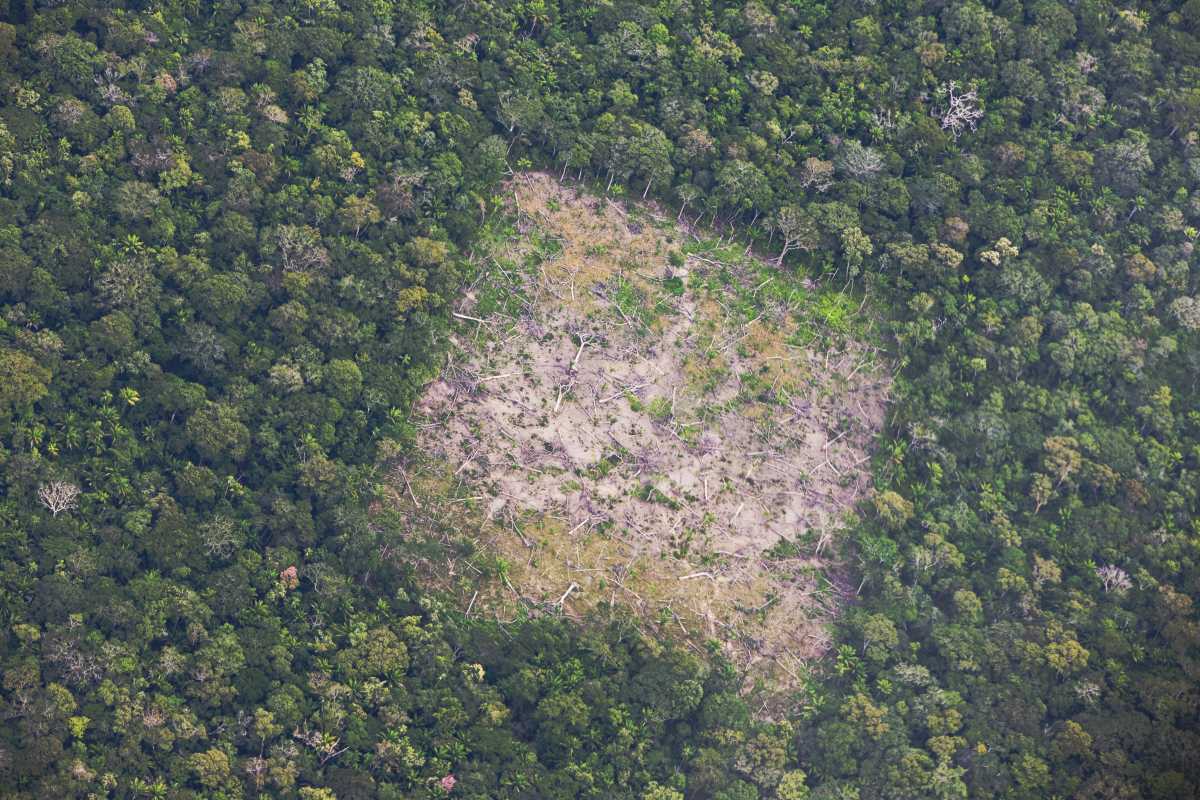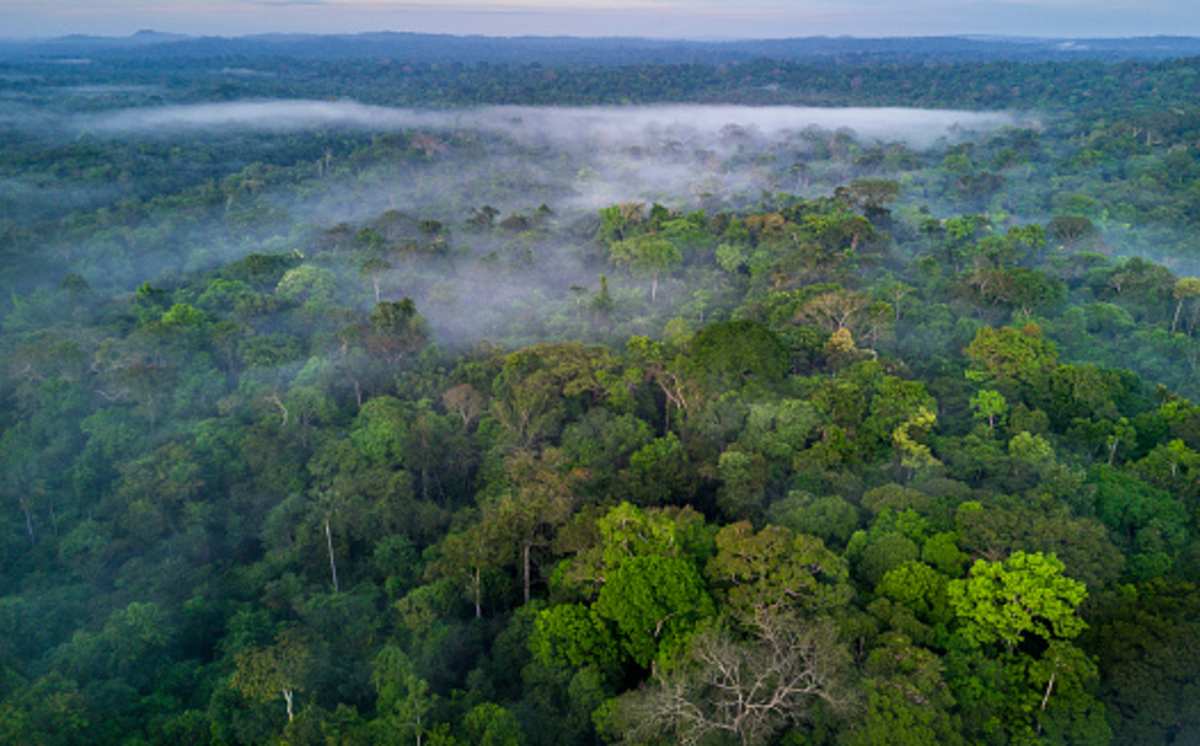Haunting Google Earth Timelapse Shows How The Amazon Has Changed Over the Past Four Decades

The Amazon rainforest in Brazil is often referred to as the ‘lungs of the Earth.’ If you think of the planet as a living being, it is not difficult to imagine its fate if the lungs are impaired or simply do not exist anymore. Well, this is where the Amazon rainforest is headed. Google Earth (@googleearth) shared a time-lapse video of the changes the largest rainforest on the planet has undergone since 1984. The shocking results of deforestation amassed 47,355 views on YouTube.

Changes in the Amazon rainforest

Over the course of four decades, the Amazon jungle, also called Amazonia, has witnessed massive tree felling, causing the edges of the forest to show numerous barren patches. With the Google Earth timelapse, the overview of the forest from 1984 to 2022 showed a stark contrast in forest density. While a majority of the rainforest still exists, it has been subject to degradation due to a myriad of factors, including industrial activity, forest operations like logging, and clearing lands for agriculture. In the 1980s, the Amazon forest appeared greener and safer from human activities and a shifting climate. However, as years flew by, faint networks began appearing amidst the green cover.
By 2004, the networks deepened and broadened, indicating deforestation inside the Amazon rainforest region. The edge of the forest almost seemed like an extension of the nearby urban region, with countless barren patches and networks suggesting how human activities have abused the forest’s resources over time. Not that this issue has gone unnoticed by environmentalists. According to Time Magazine, at the current rates of deforestation, 27% of the Amazon will be without trees by 2030. The jungle, crucial for the survival of the planet, is at risk of reaching an irreversible tipping point due to rapid deforestation, which is also linked to climate change.
The significance of the Amazon rainforest

The tropical rainforest is situated on the Amazon basin, encompassing 6 million square kilometers of the basin, while the territory belongs to nine nations and 3,344 indigenous territories in the South American continent, per Britannica. It is also the world’s richest and most varied biological reservoir with millions of species of all life forms. It is home to 10% of all the wildlife species humans have discovered. Besides its rich biodiversity, the massive carbon content that the Amazon stores is integral to stabilising the climate. About 200 billion tons of carbon are stored in the forest, while locals depend on the jungle for food, water, wood, and medicines, per the World Wildlife Fund.

“The Amazon is one of the world’s most precious sources of life for nature, climate, and people. But this unique and globally important biome is in danger, and we must do everything we can to turn the tide. Thankfully, we still have time to act. And there’s never been a more hopeful time than now,” said Bel Lyon, the chief advisor of WWF in Latin America. Community workers are monitoring anti-predation and reforestation measures using camera traps. While deforestation remains a concerning issue, the discussions of climate change often center on the Amazon rainforest. It is prone to creating a "feedback loop" that is linked to temperature rises and declining rainfall, per the source.
More on GreenMatters
Google Earth’s Timelapse Video Shows How Some Forests in The World Have Transformed in 36 Years